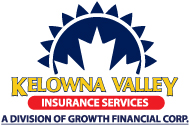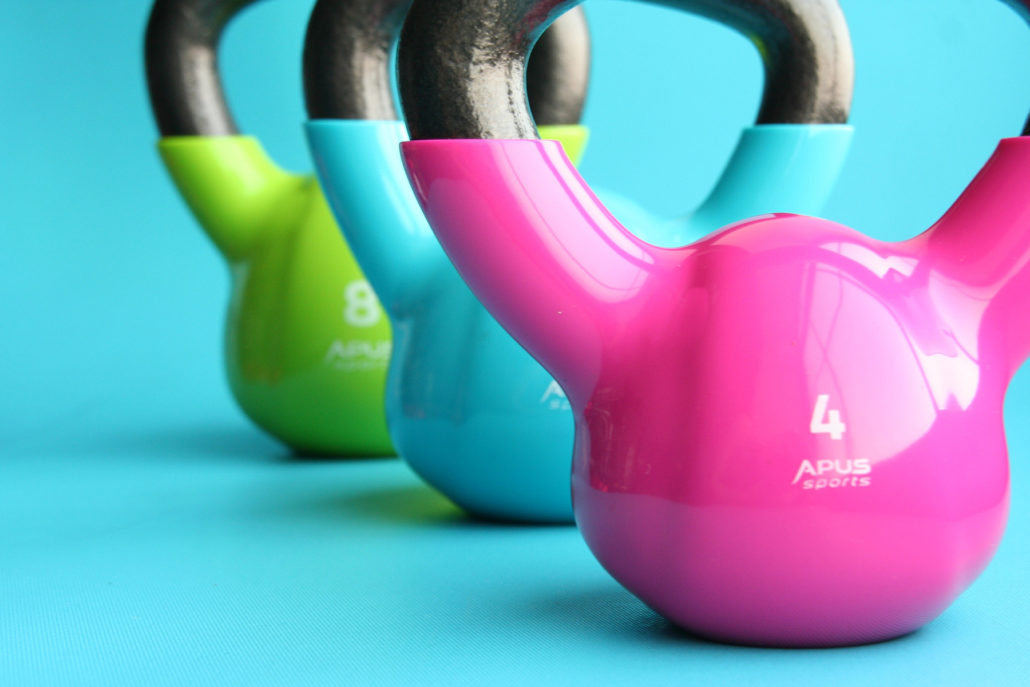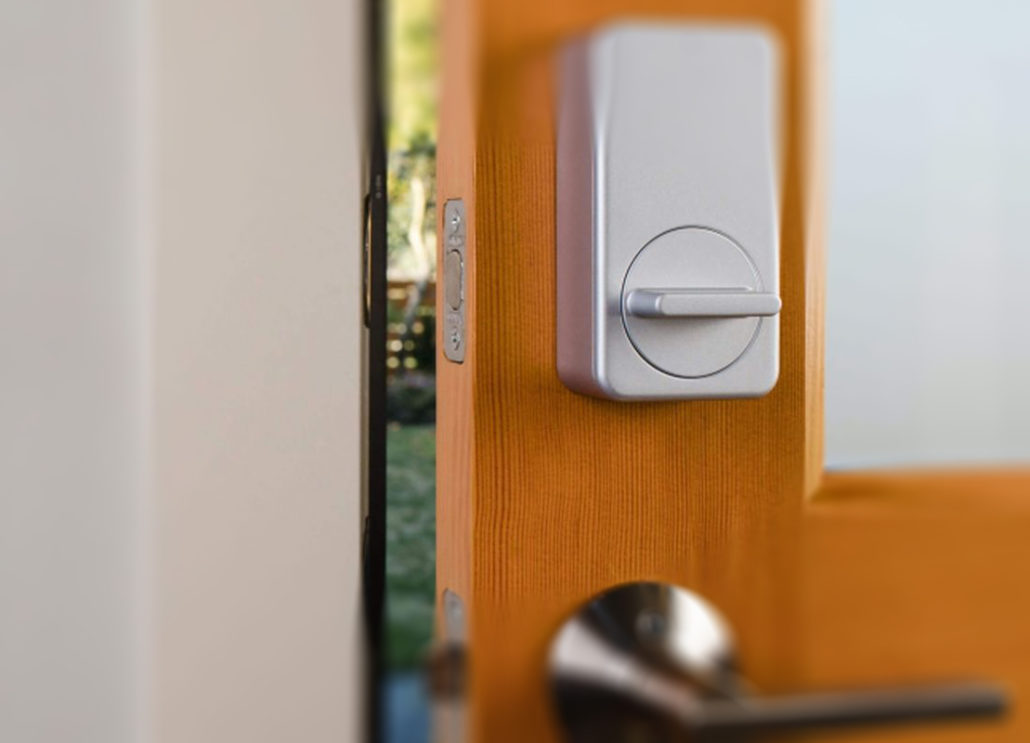BONUS: 8 More Important Factors that Affect Your Home Insurance
Better understand your home insurance and the elements that influence your coverage and how much you pay.
Earlier this year, we shared 12 factors that impact your home insurance and coverage. The calculations may seem complicated, but they’re really not. It comes down to 20 factors that determine what your home insurance premium will be.
As a requirement to homeownership in most areas, we typically just sign on the dotted line without any proper understanding of In the last post, we covered the most obvious components that influence the calculations. Below are the other factors essential to calculating your home insurance rates. Things you may not have otherwise considered.
- Damage Prevention and Mitigation Devices. When you maintain the appropriate damage prevention and mitigation devices, it can help to lower your home insurance costs. The list of devices includes:
- Smoke and fire alarms
- Carbon monoxide alarm
- Water alarm
- Security alarm
- Security lighting
- Security cameras
- Sewer backup valve
- Sump pump
NOTE: don’t take it for granted that these items should reduce your home insurance rates. There may be specific requirements they have to meet and they may actually have to be approved by your insurance provider.
- The claim rate where you live. Your insurance provider will study the overall claim rate of where you live to predict the likelihood of your making a claim. If you live in a neighbourhood with a high claim rate, you can expect your home insurance costs to reflect that.
- Do you live in a neighbourhood that tends to experience higher crime rates? Similar to the general claim rate of your neighbourhood, your insurance provider will examine the crime rate in the neighbourhood of your property. If there’s a higher rate of theft or vandalism, you can expect to pay more for your home insurance.
- What is your credit rating? The reason your insurer examines your credit rating is that it will indicate how the likelihood that you’ll pay your insurance bills. A good credit rating can get you a discount and not count against your score. You do, however, have the option to opt-out of a credit rating check by your insurance company.
- To what demographic do you belong? Standard practice amongst the insurance industry is to look to statistics to identify the likelihood of a claim being filed to calculate your premium. The statistics provide information about what segment of a population is more or less likely to submit a claim for liability or damage.
For example, how old are you? Typically, the older you are, the lower your home insurance premiums will be. - What is your insurance and claims history? As with your auto insurance, the more consistent claim-free years you have, the less you’ll pay for home insurance. Statistically speaking, if you have a record of more claims, it’s a predictor that there will be more to come and that will be reflected in your coverage rate. Conversely, no claims on your insurance record can offer you eligibility for claims-free discounts.
- Do you qualify for any discounts? Regardless which insurance company you choose, every one of us offers some kind of discount. The most common:
- Claims-free
- Bundling (if you have several policies with the same provider)
- Damage prevention and mitigation devices
- Loyalty
- Mortgage-free
- The coverage options that are available to you. There is seemingly endless information to sift through and you’ll have many decisions to consider when you purchase home insurance. Talking to a broker is always a good idea! In short, though, your home insurance options will include:
- Coverage – You will have to decide on the extent of coverage you’d like. You’ll find many forms of home insurance and that it can be customized to meet your specific needs. For instance, if you are a home-based business, there should be a home-based business endorsement included in your coverage. An addition to your coverage such as this extends your home insurance policy to cover any liability or damage claims related to your business, perhaps not covered by a basic homeowner’s policy.
- Policy limits – If you’re unfamiliar, a policy limit is the maximum amount of money that will be paid out in a claim. You’ll notice other limits within your home insurance policy – the single item limit (the most that will be paid out for a single item in a claim) and a section limit ( the maximum amount that will be paid out under a certain section of your coverage, liability, for instance).
- The deductible – You will be required to choose your deductible. This is the amount of money you will pay before your home insurance covers a claim. If you choose a higher deductible, you will pay a lower insurance premium.
Questions about your home insurance and how it’s calculated? Wondering if you might qualify for a lower rate? Talk to us!






